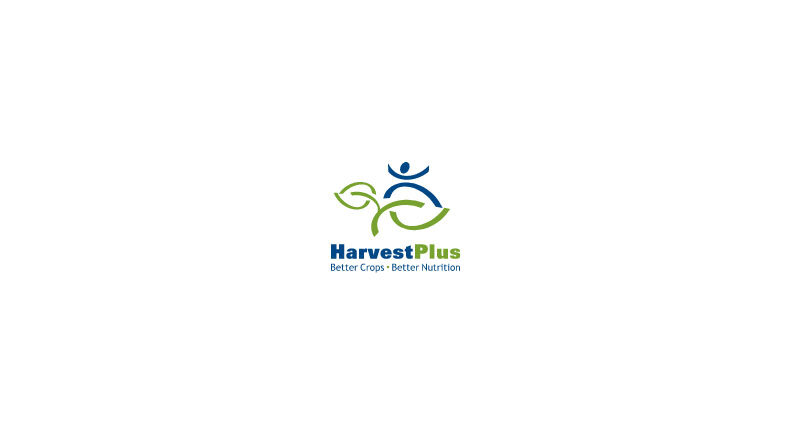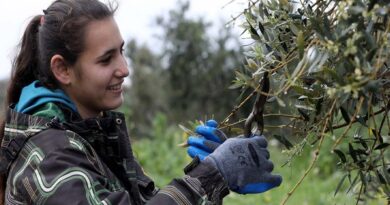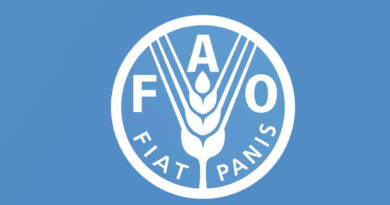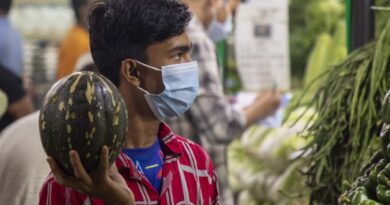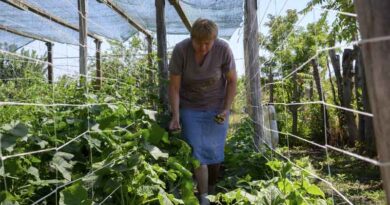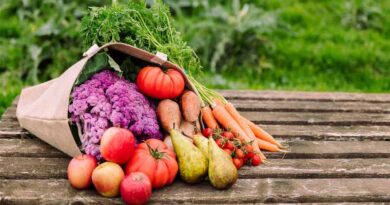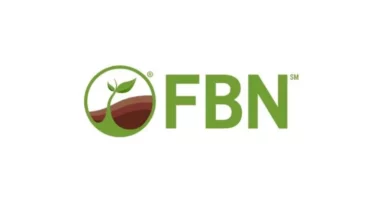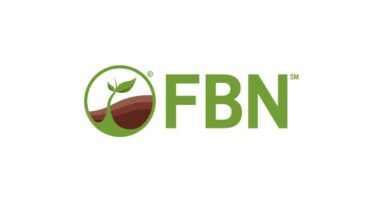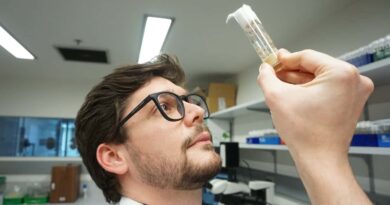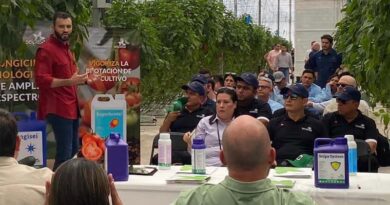UN Report Tallies Increased Food and Nutrition Insecurity Amid COVID-19; Notes Value of Biofortification as a Response
12 July 2021, UK: An influential UN report on global food and nutrition security shows how the combination of conflict, climate change, economic stresses, and the COVID-19 pandemic led to a significant increase in global hunger and malnutrition during 2020. The report estimates that nearly 10 percent of the world population (or about 811 million people) was undernourished last year, up from 8.4 percent in 2019.
The 2021 edition of the State of Food Security and Nutrition in the World (SOFI) report also projects that, if current trends were to continue, the global community would fall well short of the Sustainable Development Goal 2 (SDG 2) of ending hunger by 2030, with nearly 660 million people still experiencing hunger by then. Of that total, the report says about 30 million cases would link directly to the effects of the COVID-19 pandemic.
Also Read: Rains halted, sowing of almost all major kharif crops takes a big hit
This year’s SOFI also highlights the urgent need to ensure that nutritious diets are both accessible and affordable to everyone. It recommends five policy response areas for doing so—including micronutrient enrichment of staple crops through the process of biofortification. These micronutrients are now more relevant than ever as they are needed for healthy immune systems – the first line of defense against health threats, including viruses such as COVID-19.

The SOFI is a flagship publication series that monitors progress towards globally agreed food security and nutrition targets. It is jointly produced by five UN agencies*. and is widely recognized as a valuable resource to drive informed decision-making for policy actors striving to formulate policies on SDG 2, i.e., to end hunger, achieve food security, end all forms of malnutrition, and promote sustainable agriculture.
Regarding biofortification, the SOFI report states that it has been used along with large-scale food fortification “as a cost-effective measure to reduce micronutrient deficiencies while increasing the availability—and lowering the cost—of nutritious foods.”
The report calls for a value chain-based approach “to increase the availability of safe and nutritious foods and lower their cost, primarily as a means to increase the affordability of healthy diets,” using incentives such as diversification of diets toward more-nutritious foods such as fruits, vegetables, and animal source foods, as well as promotion of biofortified crops.
The report cites the example of Rwanda, where HarvestPlus and partners introduced iron-biofortified beans which were rapidly adopted by farmers. “By the end of 2018, it was estimated that 20 percent of beans produced in the country were iron-biofortified, and 15 percent of the population was consuming these. Regular consumption of fortified beans can provide up to 80 percent of daily iron needs. Iron-biofortified varieties have also produced yields with iron levels that are 20 percent above those of other varieties, turning them into an attractive alternative for farmers,” the report noted.
HarvestPlus leads a global movement to scale up production and consumption of biofortified staple crops, notably iron beans and pearl millet, zinc rice, maize, and wheat, and vitamin A cassava, maize, and sweet potato. As of the end of 2020, more than 260 biofortified varieties of these crops were available to farmers in 30 countries across Africa, Asia, and Latin America. Biofortified crops are designed specifically for smallholder farming families who primarily consumer what they grow themselves and rely heavily on staples for their diets.
For the first time, the SOFI report shows that recent increases in the unaffordability of healthy diets are associated with increased food insecurity. The report estimates that more than 2.3 billion people (or 30 percent of the global population) lacked year-round access to adequate food in 2020. This indicator (also known as the prevalence of moderate or severe food insecurity indicator) increased in one year as much as in the preceding five years combined. This alarming increase reflects the cumulative negative impact of the COVID-19 pandemic on food security in 2020.
We are now at a critical moment in time that requires new food system approaches and urgent actions at scale to get back on track towards achieving SDG-2 and other SDGs. Biofortification is a particularly relevant approach now, as the severe disruptions and economic tolls of the COVID-19 pandemic—and efforts to contain it—cut many families’ incomes and force them to rely more on relatively cheap lower-nutrient staples such as rice, wheat, beans, and maize.

